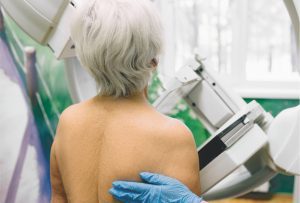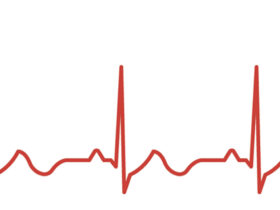Exploring Additional Options for Women’s Health
 Breast cancer remains a significant concern for women’s health, with millions of individuals affected by this disease worldwide. While traditional screening methods, such as mammography, play a crucial role in early detection, recent research suggests that they may not be sufficient for specific populations. As we strive to raise awareness about breast cancer screening, it’s essential to explore additional options that can provide comprehensive care and improve outcomes for all women.
Breast cancer remains a significant concern for women’s health, with millions of individuals affected by this disease worldwide. While traditional screening methods, such as mammography, play a crucial role in early detection, recent research suggests that they may not be sufficient for specific populations. As we strive to raise awareness about breast cancer screening, it’s essential to explore additional options that can provide comprehensive care and improve outcomes for all women.
Organizations like the United States Preventive Services Task Force recommend breast cancer screening to start with annual or biennial mammograms for women aged 50 to 74. Mammography is a valuable tool for detecting breast cancer in its early stages, allowing for timely intervention and improved prognosis. However, studies have shown that mammography may not be as effective in detecting cancer in specific populations, including women with dense breast tissue or those at high risk due to family history or genetic factors.
One of the limitations of mammography is its reduced sensitivity in women with dense breast tissue. Dense breast tissue appears white on mammograms, making it challenging to distinguish between normal breast tissue and potential tumors, which also appear white. As a result, cancers may be missed or detected at later stages in women with dense breasts. According to the American Cancer Society, women with dense breast tissue have a slightly higher risk of breast cancer compared to women with less dense breasts, and additional screening methods may be necessary to improve detection rates.
The USPSTF recommended screening guidelines may not adequately address the needs of women at high risk of breast cancer due to family history or genetic predisposition. While mammography is still recommended for these individuals, additional screening modalities, such as magnetic resonance imaging (MRI) and ultrasound, may be recommended in some instances. MRI is beneficial for detecting breast cancer in women with a known genetic mutation, such as BRCA1 or BRCA2, who are at significantly higher risk of developing the disease.
Recent research published in the Journal of the American Medical Association (JAMA) highlights the importance of personalized breast cancer screening strategies tailored to individual risk factors and breast density. The USPSTF Evidence Report and Systematic Review on Screening for Breast Cancer emphasizes the need for healthcare providers to consider alternative screening methods for women who may not benefit fully from mammography alone. By incorporating additional screening modalities, such as MRI or ultrasound, clinicians can improve detection rates and provide more comprehensive care for women at increased risk of breast cancer.
Women must advocate for their health and discuss their risk factors with their healthcare providers. By engaging in shared decision-making and exploring additional screening options, women can take proactive steps to detect breast cancer early and improve their chances of successful treatment. While mammography remains a cornerstone of breast cancer screening, it’s essential to recognize its limitations and explore complementary screening methods that can provide a more comprehensive assessment of breast health.
As we strive to improve outcomes for all women, exploring additional screening options that can complement mammography and provide a more comprehensive assessment of breast health is essential. By advocating for personalized screening strategies and engaging in proactive discussions with healthcare providers, women can take control of their breast cancer risk and improve their overall health and well-being.
Tam T. Mai, MD, FACS, FSSO
Board Certified Breast Surgical Oncologist
Dr. Tam T. Mai is a board-certified fellow-ship-trained breast surgeon certified by the American Board of Surgery and the Society of Surgical Oncology. She completed her oncoplastic breast surgery training at the University of Southern California, Hoag Breast Fellowship Program, under the world-renowned Dr. Melvin Silverstein, a pioneer of oncoplastic breast surgery. This approach utilizes plastic surgery techniques and principles to reshape the breast immediately following breast-conserving surgery for breast cancer to preserve the aesthetics of the breasts.
Before her move to Naples, Dr. Mai served as Medical Director of the Springfield Clinic Breast Health Center, an NAPBC-accredited multidisciplinary breast health center in central Illinois. During this time, she also participated in training the next generation of surgical residents in the General Surgery and Plastics Residency Programs at Southern Illinois University.
Dr. Mai is passionate about practicing evidence-based medicine and bringing high-level breast care to serve patients with breast diseases. She strongly believes in exercise as a treatment to improve overall wellness, breast cancer survival, and reduce the risk of cancer recurrence.
In her free time, Dr. Mai enjoys traveling, cooking, exercising, weight training, yoga, reading, and spending time with her family.









